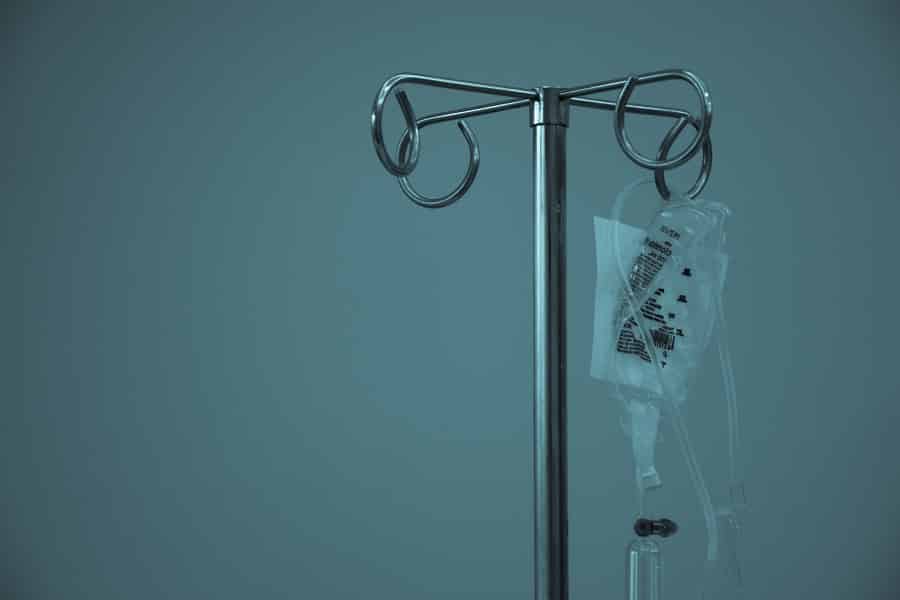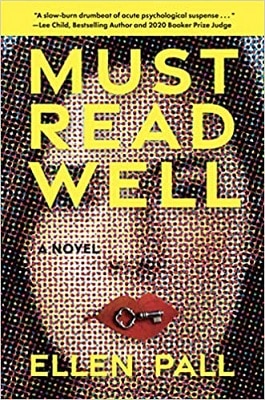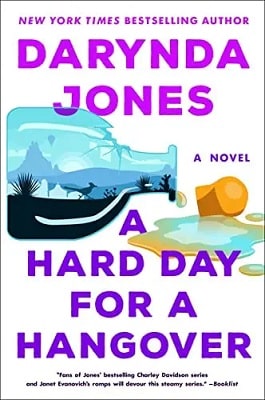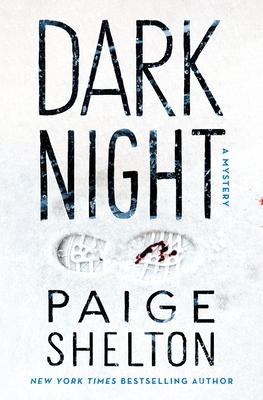
Errors in Medical Thrillers
Have you ever read a medical thriller and wondered how realistic it really is? Sure, we’re talking about fiction, and medical thrillers usually involve futuristic biotechnology, frightening never-before-seen infections, and healthcare professionals manipulating medical advances to take advantage of unsuspecting patients, so they’re bound to stretch the imagination.
But do doctors really run to meet patients off the ambulance, shout “STAT!” every four seconds, and thump their fists on chests to restart failing hearts? Here’s a run-down of the more glaring errors commonly found in medical thrillers.
Not the who, but the what
The most critical mistake an author can make is mislabeling a book as a medical thriller when it is nothing of the sort. Having a doctor as the main character does not automatically make it a medical thriller. Take Doctor Strange, for example. It certainly has thrilling elements, and the eponymous character is a surgeon. But is it a medical thriller? Sadly, no. After the initial scenes, medicine has little, if anything, to do with the rest of the film. Conversely, the main character in a medical thriller doesn’t have to be a doctor or nurse. For example, the novel Younger by Suzanne Munshower, features a public relations professional who fights to stay alive after learning the miraculous rejuvenation product she agrees to try may have lethal effects.
What defines a medical thriller is not the protagonist, but the plot. The story must involve medicine at the core of the plot or premise—whether it be a new drug or treatment gone wrong, a health professional or administrator mistreating patients in some way, a deadly illness threatening to wipe out the population, or some other medical mystery the main character must solve for whatever reason. The stakes need to be high, and time is of the essence.
Know your role
TV shows like House, and Grey’s Anatomy lead us to believe hospitals revolve around doctors. The superhero doctor has no need for consultants, technicians, nurses, or labs. They run every test personally, from complex genetic tests to complicated functional MRI machines. They know everything about everything and apparently read every medical journal out there to fully understand cutting-edge technologies and treatments. But when do they have time to read when they’re busy doing everything else?
Real doctors delegate to other staff. Doctors examine patients, order tests and treatments, coordinate care, and perform procedures, but there’s a lot they don’t do, like providing continuous bedside or respiratory care. They also don’t operate outside their scope of practice. You won’t see a cardiologist performing open-heart surgery (that’s done by a cardiothoracic surgeon). You won’t see a radiologist seeing patients in a clinic. You won’t see a psychologist prescribing medications (that’s done by psychiatrists). Generalists (family practice physicians, internists, or pediatricians) are said to know a little about a lot, while specialists (cardiologists, endocrinologists, and so on) know a lot about a little. It’s not possible to know everything about everything, which leads us to the next mistake:
Horses before zebras
In medicine we have a saying: “When you hear hoofbeats, think horses, not zebras,” which means one should rule out the common diagnoses before considering the uncommon ones. Yet in medical thrillers, the hero doctor often jumps right to some rare, oddball diagnosis—and somehow, they’re right. In practice, diagnoses always have differentials, meaning we come up with a list of possible diagnoses that fit the symptoms and then rule them out until we find the right one. Most diagnoses cannot be made without an evaluation, so when a character looks at a patient thrashing on the table and yells, “Get the paddles! He’s in V-fib!” it’s complete fiction. Ventricular fibrillation has no outward signs other than a weak pulse and can only be accurately diagnosed with an EKG or heart monitor. While some signs and symptoms are unique to a specific condition (like fruity breath for diabetes, or the Koplik spot of measles), others are nonspecific. So if a character looks at a patient and says, “She’s jaundiced. It must be hepatitis!” they’ll appear quite incompetent when it turns out the patient in fact has gallbladder stones.
Timing is everything
In a thriller, time is of the essence. There is often a ticking clock, where every second is valuable. Perhaps this is why the most common thing writers get wrong is timing. Some conditions have a slow onset of symptoms, over the course of days or even years, while others may appear suddenly. The illness may progress slowly or escalate quickly, as well. Toxicity tests may take a week to return results, not the hours commonly depicted in forensic thrillers. Very few sedatives knock someone out within seconds, and never at the same moment that the plunger is depressed and the medication enters the vein. Some drugs won’t “kick in” until an hour or two after they’re taken. And too often in thrillers, people are in fighting condition immediately after suffering major head trauma or a near-fatal illness, when in fact full recovery might take weeks to months, if at all.
The devil is in the details
Any number of other mistakes can occur in medical thrillers that don’t fall into one of these categories, often with hilarious results when the reader understands how things really work. Next time you read or watch a thriller, pay attention to how, where, and when a treatment is administered. Remember that classic scene in Pulp Fiction when Vincent plunges a needle into an overdosed Mia’s chest to deliver adrenaline directly to her heart? Yes, it made for a shocking (pun intended) and dramatic scene, but let’s break it down. First, no one ever stabs a needle through the ribcage to administer medication to the heart. The only time a needle is inserted through the pericardium is to remove fluid, not to deliver it. There’s too much risk of damage to the heart muscle. And second, someone in an overdose stupor would not jump up and become completely sober after being injected with adrenaline.
Similarly, nearly every medical drama has a scene where a patient flatlines, followed by a doctor yelling, “Quick! Charge the paddles!” Those cardioversion paddles are only used in what’s called a “shockable rhythm,” like ventricular fibrillation (V-fib). The shock corrects the rhythm. In asystole (flatline), there is no electrical activity, so the charge does not work, and “shocking asystole” only risks damaging the heart muscle.
The after-effects of an injury or treatment also make for some humorous errors. A common trope is the patient waking from a coma or week-long concussion with some memory loss but otherwise completely fine and ready to go dancing (like in a recent episode of Bridgerton). In practice, the longer a patient is unconscious after a head injury, the more extensive the damage and, thereby, the longer the recovery likely takes. They might need weeks or even years of therapy afterward to regain skills lost. And if they’re truly in a coma, they’re most likely going to be intubated on a ventilator, not peacefully resting with a nasal cannula. On that note, it’s pretty much impossible to talk when intubated because the tube is between your vocal cords.
And, by the way, no, doctors do not rush to meet patients being unloaded off ambulances or helicopters—they wait for them in the treatment bay where they have all the equipment they need at hand. No, they don’t shout “STAT”—that’s simply how an order is entered to indicate how quickly results are needed (with STAT meaning “as soon as possible,” but since some tests can’t be run as quickly as doctors would like, STAT is sometimes referred to as “Some Time After Tuesday”). And while precordial thumps—where a doctor pounds his fist against the sternum to restart the heart—look cool, they have a very low success rate and have gone the way of mercury tinctures and lobotomies. Sorry, Dr. Brown from The Good Doctor.
As I mentioned earlier, doctors can’t know everything about everything, and even physicians who write medical thrillers can get things wrong. That’s why I consult my colleagues and research scenes outside of my specialty (which, as a developmental pediatrician, is most of the time). And if you want the nitty-gritty details on what happens at a patient’s bedside, a doctor may not be the best one to ask. Sometimes you need to ask a nurse.
About the Author
Joel Shulkin, MD, is the author of Adverse Effects, the first novel in the Memory Thieves series, and he has penned award-winning short stories and poetry. A pediatrician and United States Air Force veteran with a masters in public health, Joel lives in Florida with his wife and two daughters.
Twitter | Blackstone Publishing | Author Website

Medical Thriller Features
Medicine in Thrillers
Two Doctors who have the Right Prescription
Life, Death & the Medical Thriller
A comparison of three of the best medical thrillers
A Modern-Day Tragic Hero
Doctors as tragic heroes in medical crime thrillers









